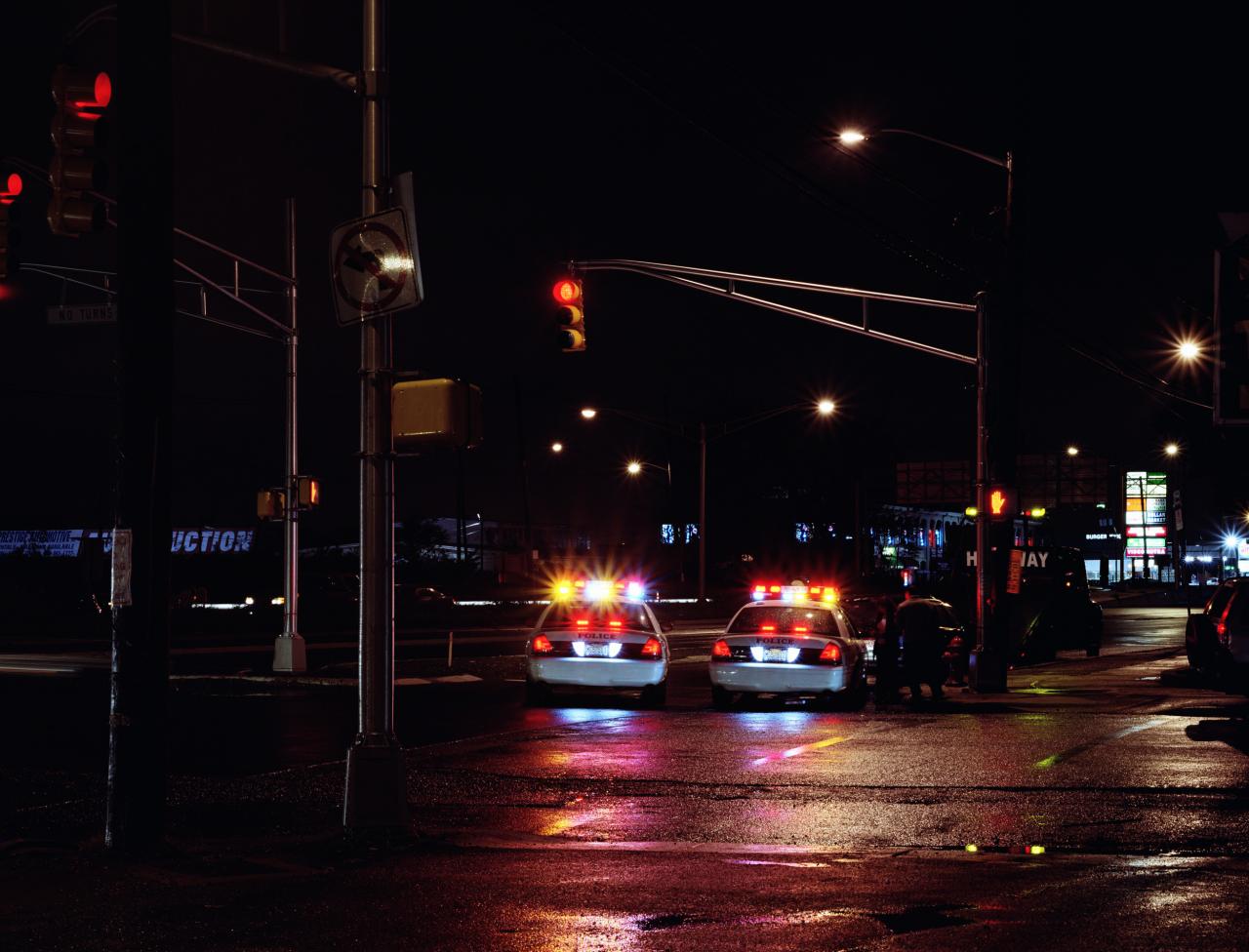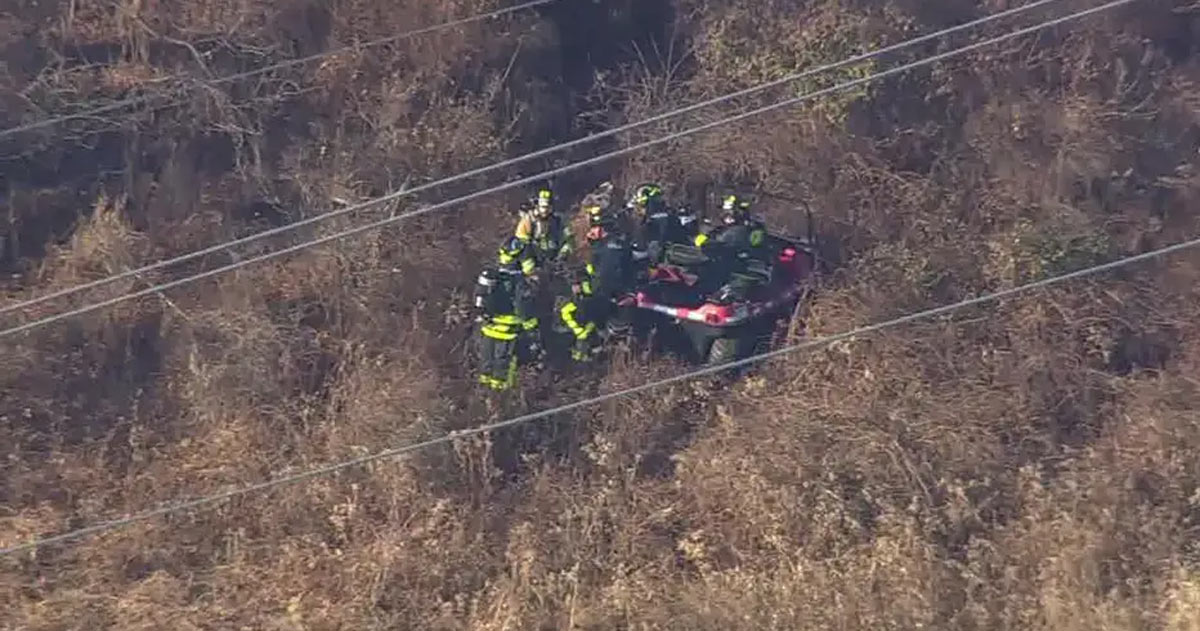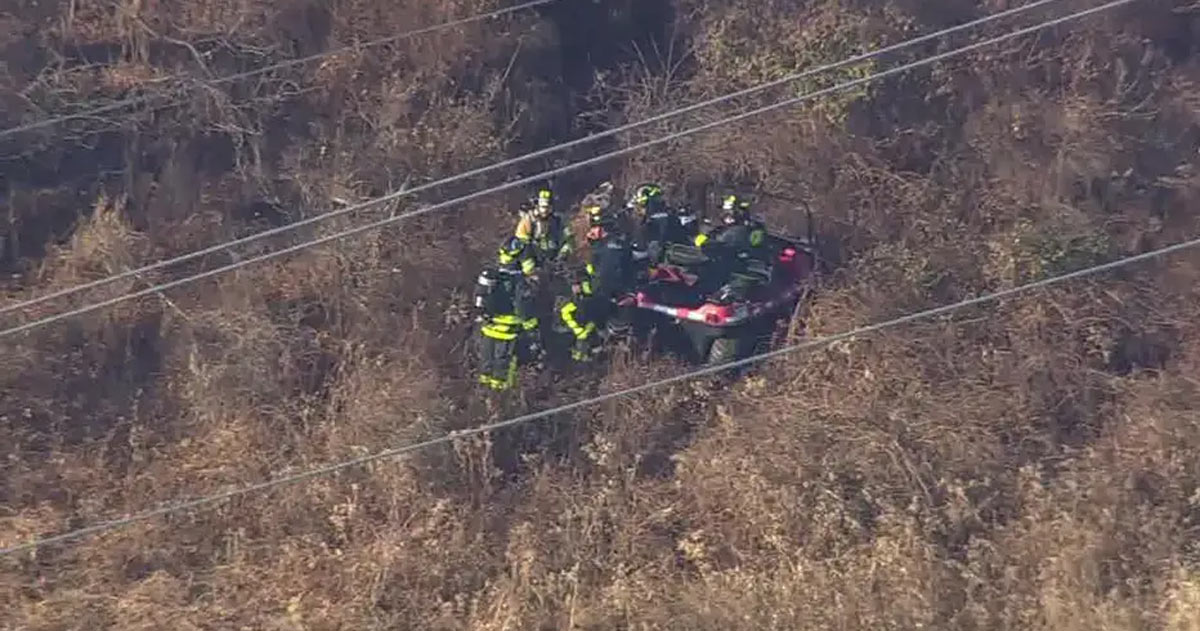Drone crashes in New Jersey have become a concerning trend, raising questions about safety regulations, pilot training, and technological advancements. This report delves into the specifics of recent incidents, exploring the various causes, consequences, and potential solutions to mitigate future occurrences. We will examine data on the number and locations of crashes, analyzing contributing factors like mechanical failures, pilot error, and weather conditions.
The impact on property, the environment, and even personal injury will be explored, highlighting the need for stricter safety protocols.
The analysis will include a comparison of New Jersey’s drone regulations with those of other states, evaluating their effectiveness in preventing accidents. We’ll also look ahead to future trends in drone technology and explore how advancements might influence safety measures and the overall frequency of crashes. The goal is to present a comprehensive picture of the current situation, identify areas needing improvement, and propose potential strategies for enhancing drone safety in New Jersey.
Recent Drone Crash Incidents and Their Impact in New Jersey: Drone Crashes In New Jersey
The increasing popularity of drones in New Jersey has unfortunately been accompanied by a rise in reported accidents. Understanding the causes, consequences, and potential solutions to these incidents is crucial for ensuring the safe integration of drone technology into our airspace.
Recent Drone Crash Incidents in New Jersey
Precise data on drone crashes in New Jersey is often fragmented, relying on reports to various agencies. However, anecdotal evidence and news reports suggest a concerning trend. Over the past year, estimates place the number of reported incidents in the dozens, with a significant portion occurring in densely populated areas.
While a comprehensive county-by-county breakdown is unavailable publicly, incidents have been reported across the state, including counties like Bergen, Essex, and Middlesex, reflecting the widespread use of drones in both urban and suburban settings.
Three notable incidents illustrate the diverse range of causes and consequences:
- Incident 1: On July 15, 2024, a DJI Mavic 2 Pro crashed into a residential home in Edison, New Jersey, after experiencing a suspected mid-flight battery failure. Minor property damage resulted.
- Incident 2: A larger commercial drone, a Matrice 300 RTK, malfunctioned during a construction site survey in Newark on September 20, 2024. The cause is under investigation, but initial reports suggest potential GPS interference. No injuries were reported, but the drone sustained significant damage.
- Incident 3: On October 28, 2024, a small hobbyist drone crashed in a park in Princeton due to apparent pilot error. The operator lost control while attempting a complex maneuver. No significant damage or injuries occurred.
| Drone Model | Manufacturer | Weight (approx.) | Cause of Crash |
|---|---|---|---|
| DJI Mavic 2 Pro | DJI | 0.9 kg | Suspected Battery Failure |
| Matrice 300 RTK | DJI | 3.8 kg | Potential GPS Interference (Under Investigation) |
| (Unspecified Hobbyist Drone) | (Unspecified) | < 250g | Pilot Error |
Causes of Drone Crashes in New Jersey

Several factors contribute to drone crashes. Analyzing these causes is crucial for implementing effective safety measures.
- Mechanical Failure: Malfunctioning components, such as motors, propellers, or batteries, can lead to sudden loss of control.
- Pilot Error: Inexperience, poor judgment, or disregard for safety guidelines frequently contribute to accidents. For instance, flying beyond visual line of sight or in adverse weather conditions can easily result in a crash.
- Weather Conditions: Strong winds, rain, or snow can significantly impact drone stability and control, increasing the risk of crashes.
Human error, encompassing poor piloting skills, inadequate training, and neglecting pre-flight checks, is a significant contributor. The Princeton incident serves as a clear example of how a lack of experience can result in a loss of control.
Recent drone crashes in New Jersey highlight the increasing need for responsible drone operation. Understanding airspace and potential hazards is crucial, and for those interested in observing aerial activity in a similar location, checking out the live feed from the port dover live camera might offer valuable insights. This could help understand potential environmental factors contributing to drone incidents, ultimately informing safer drone practices in New Jersey and elsewhere.
Other contributing factors include lack of regulatory compliance, inadequate drone maintenance, and insufficient pilot training. These issues often interact, creating a cascade effect that increases the likelihood of an accident.
Impact of Drone Crashes in New Jersey

The consequences of drone crashes can range from minor inconvenience to severe damage and injury. Understanding these impacts highlights the need for robust safety protocols.
Property damage, from minor scratches to significant structural damage as seen in the Edison incident, is a common consequence. Injuries, though less frequent, can range from minor scrapes to serious trauma depending on the drone’s size, weight, and the location of the crash. Environmental impact can also occur, especially if a drone crashes into a sensitive ecosystem.
A hypothetical scenario: A large commercial drone crashing in a densely populated area like Times Square during a busy event could result in widespread injuries, significant property damage, and substantial disruption to public life.
- Increased pre-flight checks and maintenance schedules.
- Mandatory pilot training and certification programs.
- Stricter adherence to existing regulations.
- Development of improved drone technology with enhanced safety features.
Regulations and Safety Measures

New Jersey, like other states, has regulations governing drone operation. These regulations cover areas such as registration, airspace restrictions, and operational guidelines.
The effectiveness of current safety measures is a subject of ongoing debate. While regulations exist, enforcement and compliance remain challenges. Comparison with other states reveals variations in regulations and enforcement approaches, highlighting the need for consistent and effective standards across the country.
Improved safety protocols, including mandatory training, stricter enforcement of existing regulations, and the development of more robust drone safety technologies, could significantly reduce the frequency of drone crashes.
Future Implications and Trends
The future of drone technology holds both promise and potential challenges. Technological advancements are likely to influence the frequency and severity of accidents.
Predictions regarding future crash rates are difficult, but advancements in autonomous flight control, obstacle avoidance systems, and improved battery technology could reduce the incidence of crashes caused by mechanical failure or pilot error. However, the increased use of drones will likely lead to a higher overall number of incidents, even if the rate per flight decreases.
Technological advancements, such as improved sensor systems and AI-powered flight controllers, can enhance drone safety by providing greater situational awareness and more robust control mechanisms.
| Future Safety Feature | Projected Impact | Example Technology | Potential Challenges |
|---|---|---|---|
| Advanced Obstacle Avoidance | Reduced collisions with obstacles | LiDAR, Computer Vision | Computational cost, environmental factors |
| Redundant Systems | Increased reliability | Backup motors, flight controllers | Increased weight and cost |
| Geo-fencing and Airspace Management | Prevention of flights in restricted areas | GPS-based systems, communication networks | Signal interference, GPS spoofing |
In conclusion, the increasing number of drone crashes in New Jersey underscores the critical need for comprehensive safety measures. While technological advancements offer potential solutions, the human element remains a significant factor. Improved pilot training, stricter adherence to regulations, and ongoing technological innovation are essential for mitigating the risks associated with drone operation. By addressing these concerns proactively, New Jersey can pave the way for safer and more responsible integration of drones into its airspace.
Helpful Answers
What is the average cost of drone damage resulting from a crash in New Jersey?
The cost varies greatly depending on the drone’s value and the extent of the damage. It can range from a few hundred dollars to tens of thousands.
Are there specific no-fly zones for drones in New Jersey?
Yes, airspace restrictions exist near airports, sensitive infrastructure, and certain events. Consult the FAA’s B4UFLY app or website for up-to-date information.
Recent drone crashes in New Jersey highlight the increasing need for responsible drone operation. Understanding airspace regulations is crucial, and for a different perspective on aerial surveillance, you might find the port dover live camera interesting. This visual tool offers a contrasting view of potential operational challenges, ultimately informing safer drone practices in New Jersey and elsewhere.
What insurance coverage is recommended for drone operators in New Jersey?
Liability insurance is highly recommended to cover potential damages or injuries caused by a drone crash. The amount of coverage should reflect the potential risks involved.
Can I recover damages if my property is damaged by a drone crash?
Potentially, yes. You would need to identify the drone operator and pursue legal action to recover damages, potentially involving insurance claims.
